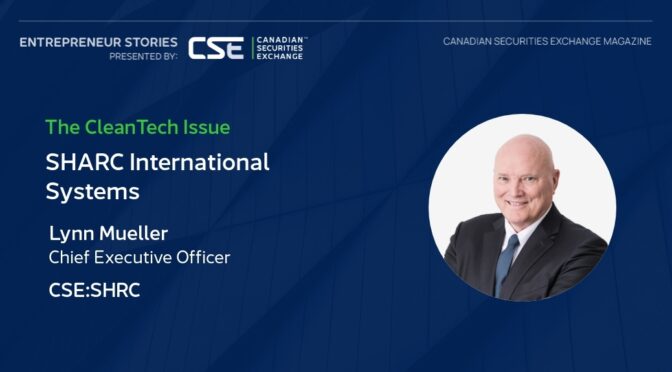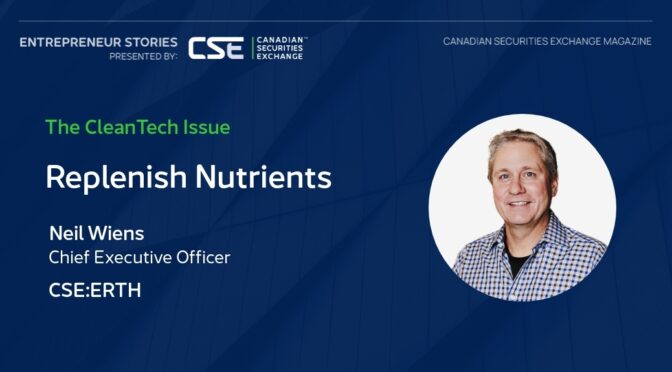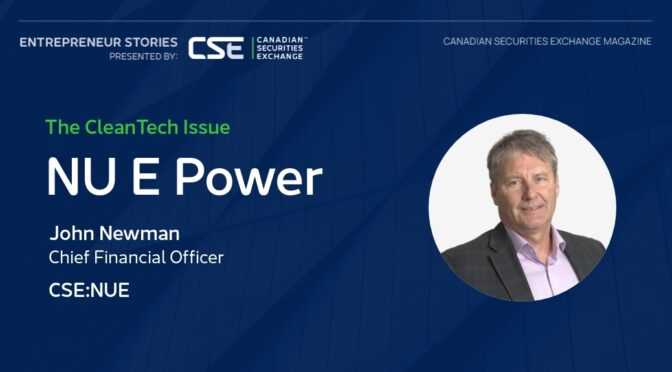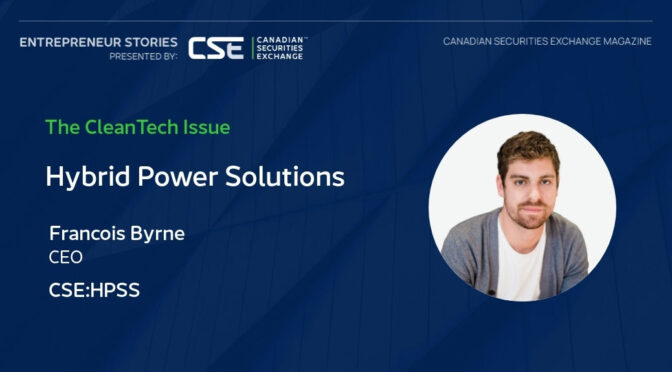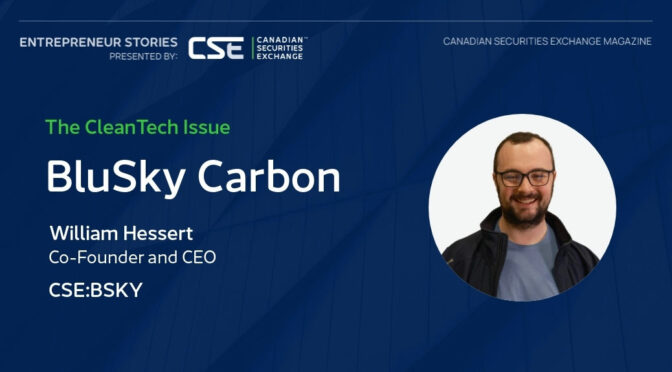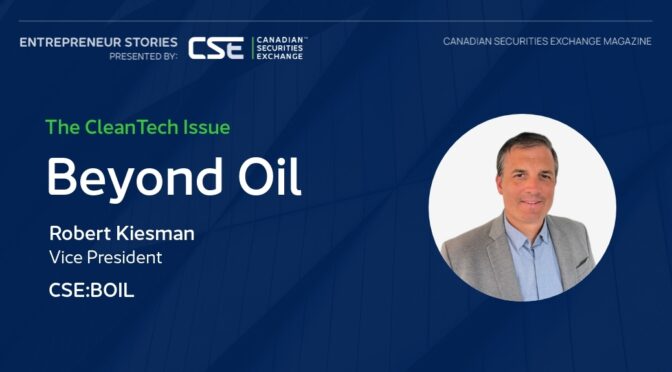Vancouver is a city known for its beautiful natural surroundings, rich history and a location that today serves as a gateway to the Asia-Pacific region.
Few people would rank wastewater management on a top 10 list of the city’s best features, but it deserves recognition nonetheless, as there is plenty to deal with, and municipal officials view wastewater not only as an item for mass disposal but also as a valuable resource.
In 2023, Vancouver sought to expand a system that, at the time, heated 5 million square feet of properties, including the 1,100-unit Olympic Village mixed-use community.
The goal it had in mind was to increase that square footage to a total of 22 million, in part by capturing heat from sewage wastewater and recycling it back into the system via a process called wastewater energy transfer, or WET for short.
It was the largest WET project in North America at the time, and a local company by the name of SHARC International Systems (CSE:SHRC) played a central role. SHARC secured a deal to supply and commission five of its WET systems to perform sewage screening for the False Creek Neighbourhood Energy Utility, marking its biggest sale to date.
“We’re part of a system in Vancouver that provides heat and hot water to 22 million square feet of property that includes apartment buildings and stretches for about 2 miles (3.2 kilometres) along Second Avenue,” explains SHARC President and Chief Executive Officer Lynn Mueller.
“Most buildings in that area are connected to the False Creek Energy Centre, which is powered by our system. We also have a project that covers 250 acres in Denver, so the scalability is definitely there, and the systems are only getting bigger as demand increases.”
The benefits of WET technology are easy to understand. The world needs more energy than ever, and millions of potential megawatts in the form of heat flow down drains with regularity. After spending huge amounts of money to heat water, letting it flow down the drain and into the ocean or local watersheds when an alternative to recapture it exists is a wasted opportunity, if not irresponsible.
Now, what if we could capture some of that heat and cycle it back into local heating networks? This is the concept that makes SHARC such an intriguing company.
“Many people think we generate electricity, but what we actually do is move thermal energy,” explains Mueller. “Our systems are thermal energy networks, so we measure in megawatts the amount of heating or cooling we can move. For instance, the system in downtown Vancouver is around 10 megawatts. The big advantage is that we’re reusing the same thermal energy day in and day out. You give people hot water, they use it, throw it away, and we recover that heat from the wastewater. It’s a circular economy at its finest.”
Wastewater, such as sewage from residential or commercial properties, is typically around 15 degrees Celsius to 16 degrees Celsius due to daily activities such as showering and doing laundry. SHARC systems tap into this heat source by diverting a portion of the wastewater into a heat exchanger.
Utilizing the WET approach, the SHARC system extracts the thermal energy from the wastewater and transfers it to a building’s heating or cooling loop. The energy can then be used to heat spaces, provide hot water, or even cool buildings by reversing the process.
Once the heat is captured, the wastewater is returned and the system can extract energy from the next batch of wastewater. The opportunity to reduce dependence on natural gas and other carbon-intensive energy sources, thereby lowering both energy costs and greenhouse gas emissions, is obvious.
By design, SHARC systems are scalable, with solutions available for individual buildings or even entire districts, making them a sustainable solution for urban areas.
The company markets two systems, one named SHARC and the other, PIRANHA.
“They are similar in function but very different in design,” Mueller notes. “The SHARC system is much larger and is meant for institutional-sized applications – think municipal or district-wide systems. The PIRANHA is designed for single-building use, like a residential or commercial property. But the concept behind both is the same.”
As far back as 2015, SHARC installations were commissioned for use at the Sechelt Water Resource Centre not far from Vancouver.
In 2020, the company put its technology to use for a multi-family residential project spearheaded by Morgan Creek Ventures in Boulder, Colorado.
And today, SHARC technology can be found in residential complexes and campuses across North America.
The company’s revenue for the first half of 2024 reached $1.56 million, nearly matching the total for all of 2023. In the second quarter alone, revenue was $780,000, a 72% increase compared to the same period the previous year.
And as of late August 2024, SHARC’s order backlog stood at $2.7 million.
Clearly, there is demand for the company’s approach to sustainable heating that should only grow as the concept becomes known by more developers and communities. And as it grows, SHARC is virtually guaranteed a large portion of it.
“The market is huge – easily in the billions,” says Mueller. “There are really only two companies in the world that do sewage heat recovery, which would be us and one based in Germany. Every city is starting to look at this technology as a serious alternative to traditional energy sources. When I first got into this, no one had even heard of sewage heat recovery. Now, every major city is exploring it as a way to reduce their carbon footprint.”
Looking ahead, SHARC is targeting large markets, such as California and New York, that already lean toward clean technology on multiple fronts.
Among the projects for which it has secured orders is one involving four PIRANHA T15 WET systems for a mixed-use development in Berkeley, California. That project, the largest yet for the PIRANHA line, underscores the growing demand for SHARC’s WET solutions in the U.S.
In New York, meanwhile, SHARC will be part of a US$1.2 billion redevelopment project in Brooklyn.
Hearing all this, one gets the sense that the potential for this technology is as untapped as the renewable resource being released into our sewers.
“We’re seeing a lot of growth, and our sales pipeline is the largest it’s ever been,” says Mueller. “We used to get one strong lead per week, but now we’re getting two or three every day. It’s really exciting to see how far we’ve come and how much potential lies ahead. The opportunities are enormous, and now that people are coming to us, rather than us having to convince them, it’s incredibly rewarding. We have a great team in place, and I’m confident we’ll continue to lead the way in wastewater energy transfer.”
This story was featured in Canadian Securities Exchange Magazine.
Learn more about SHARC International Systems at https://www.sharcenergy.com/.

